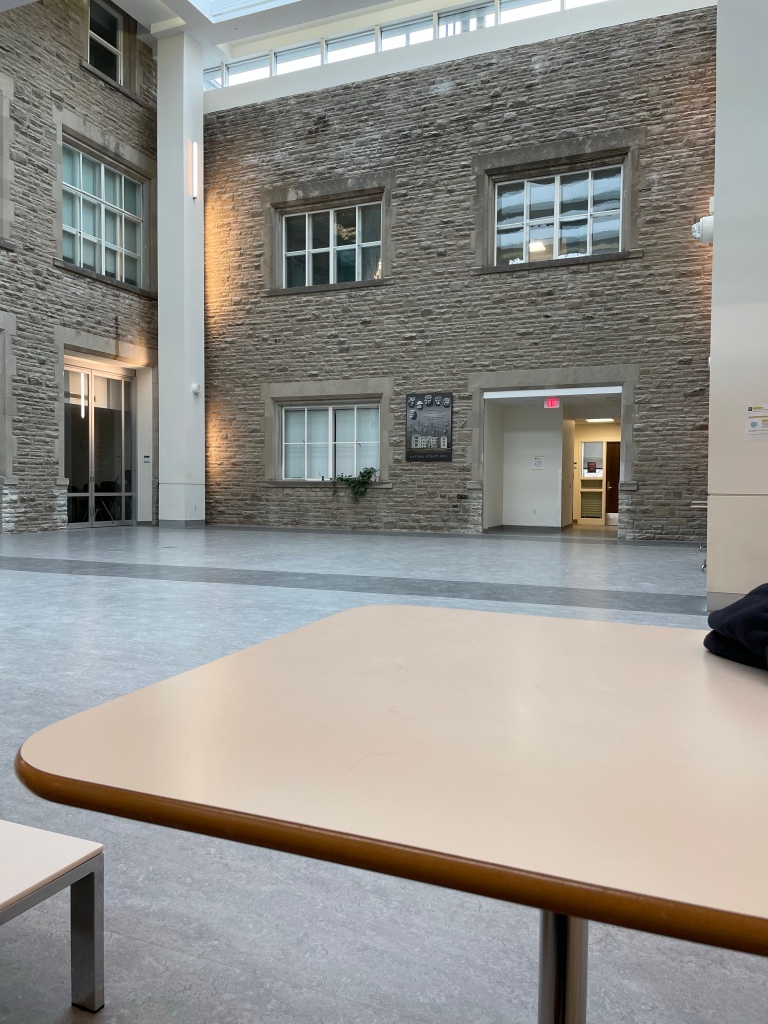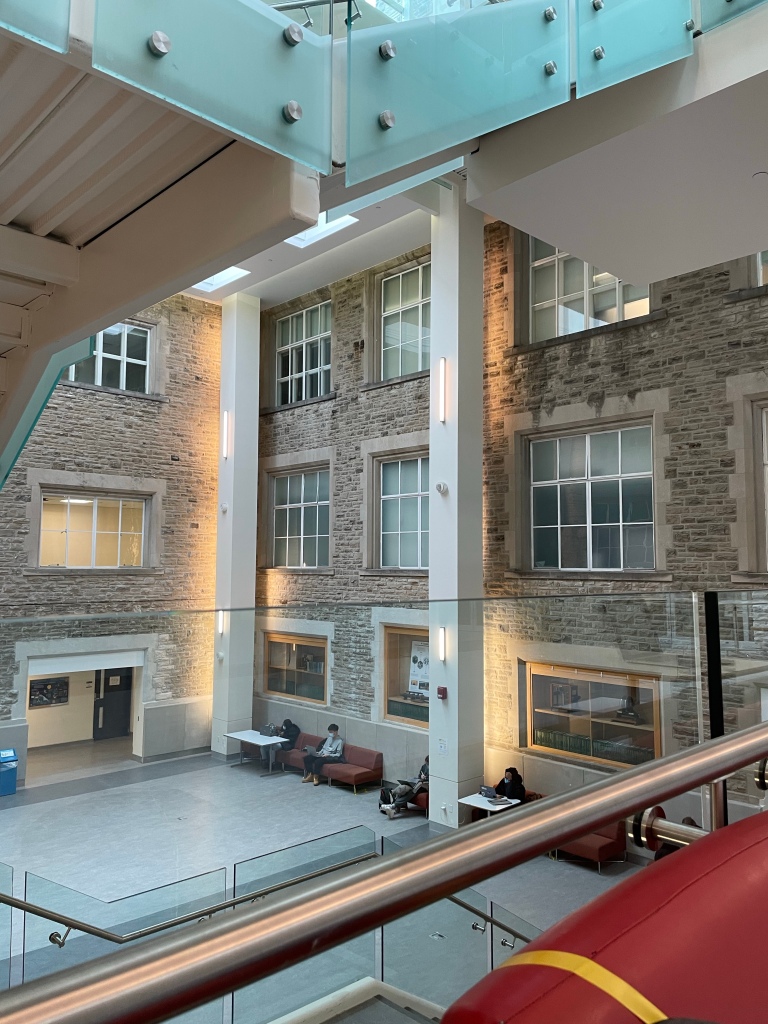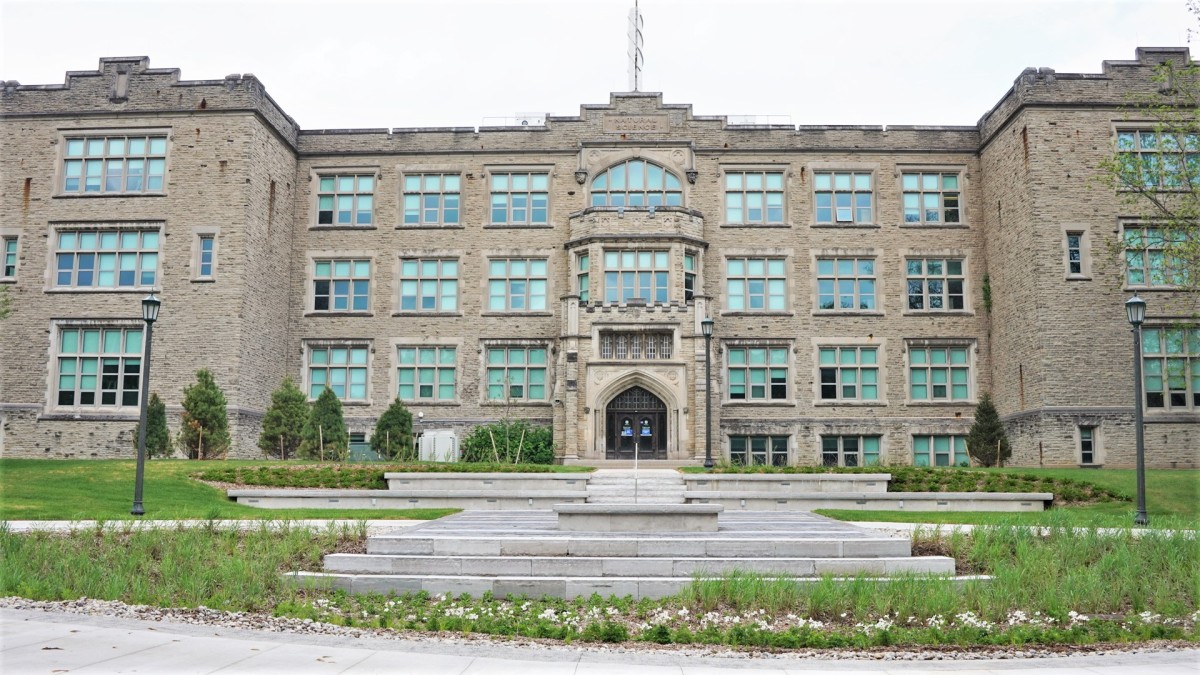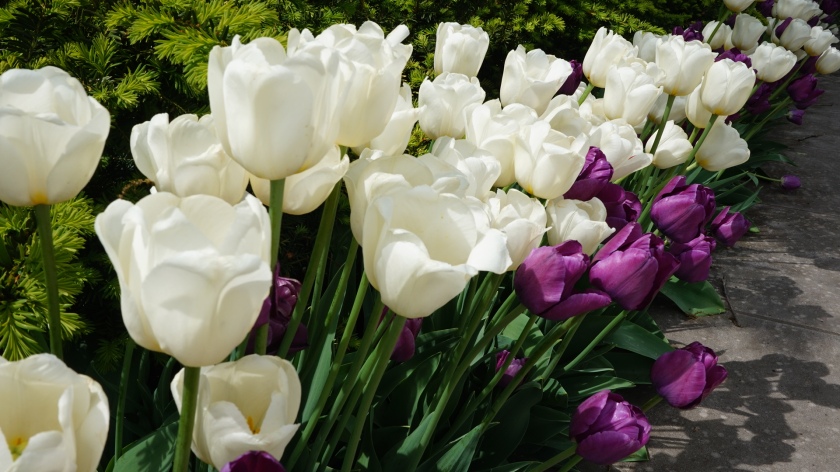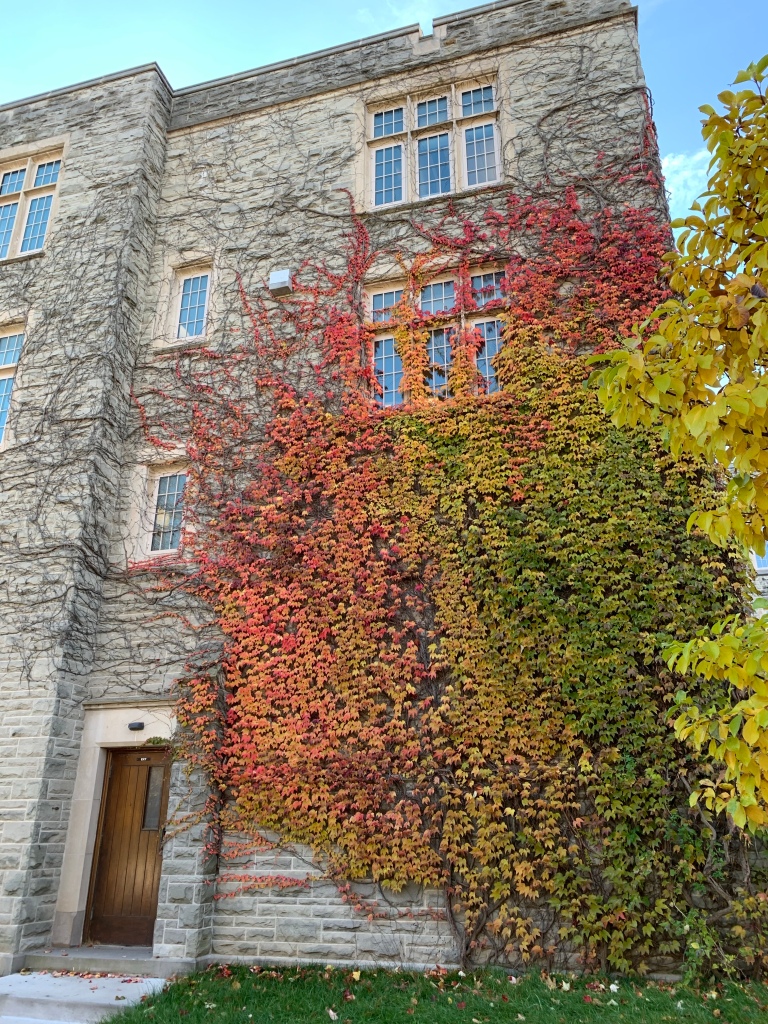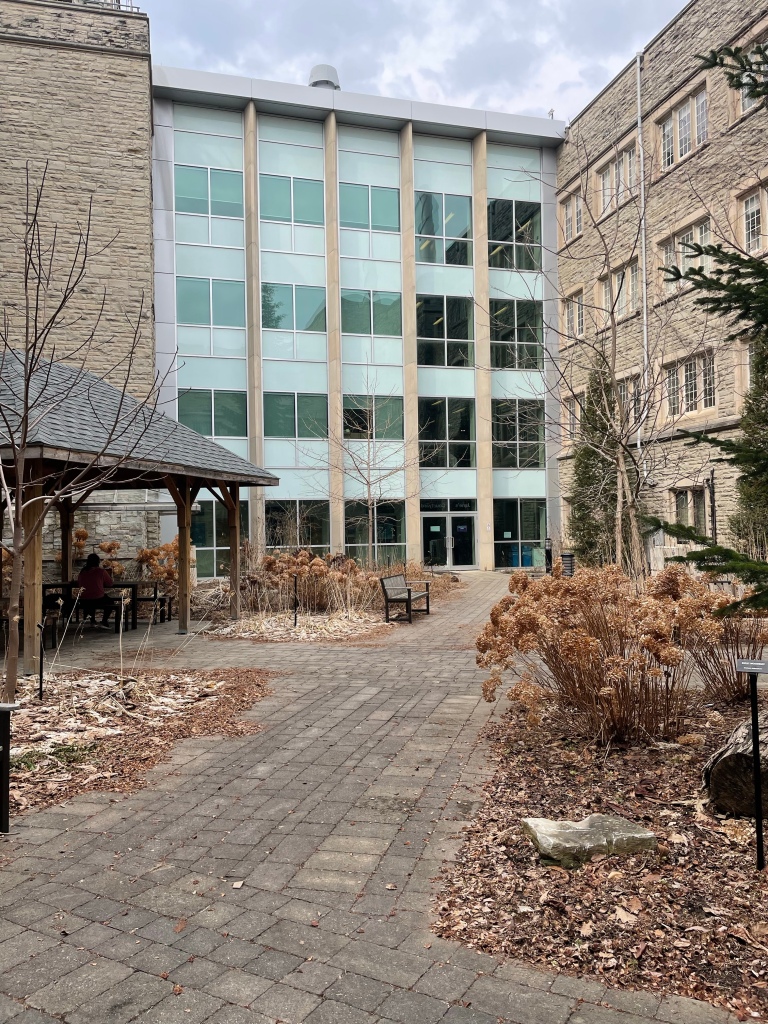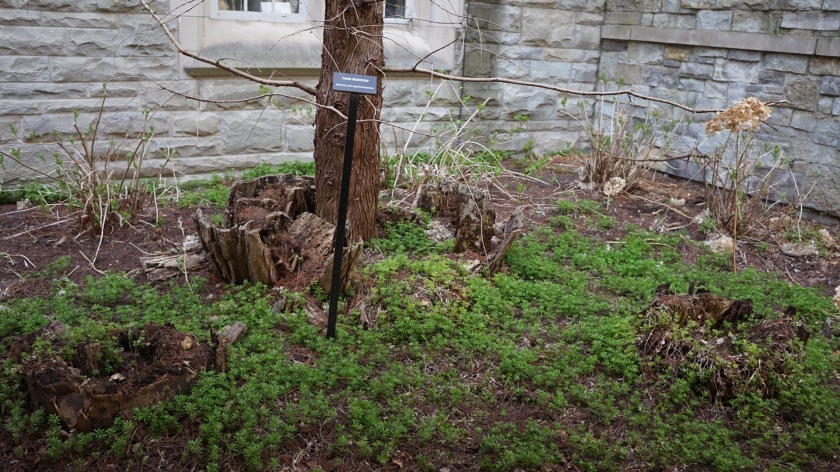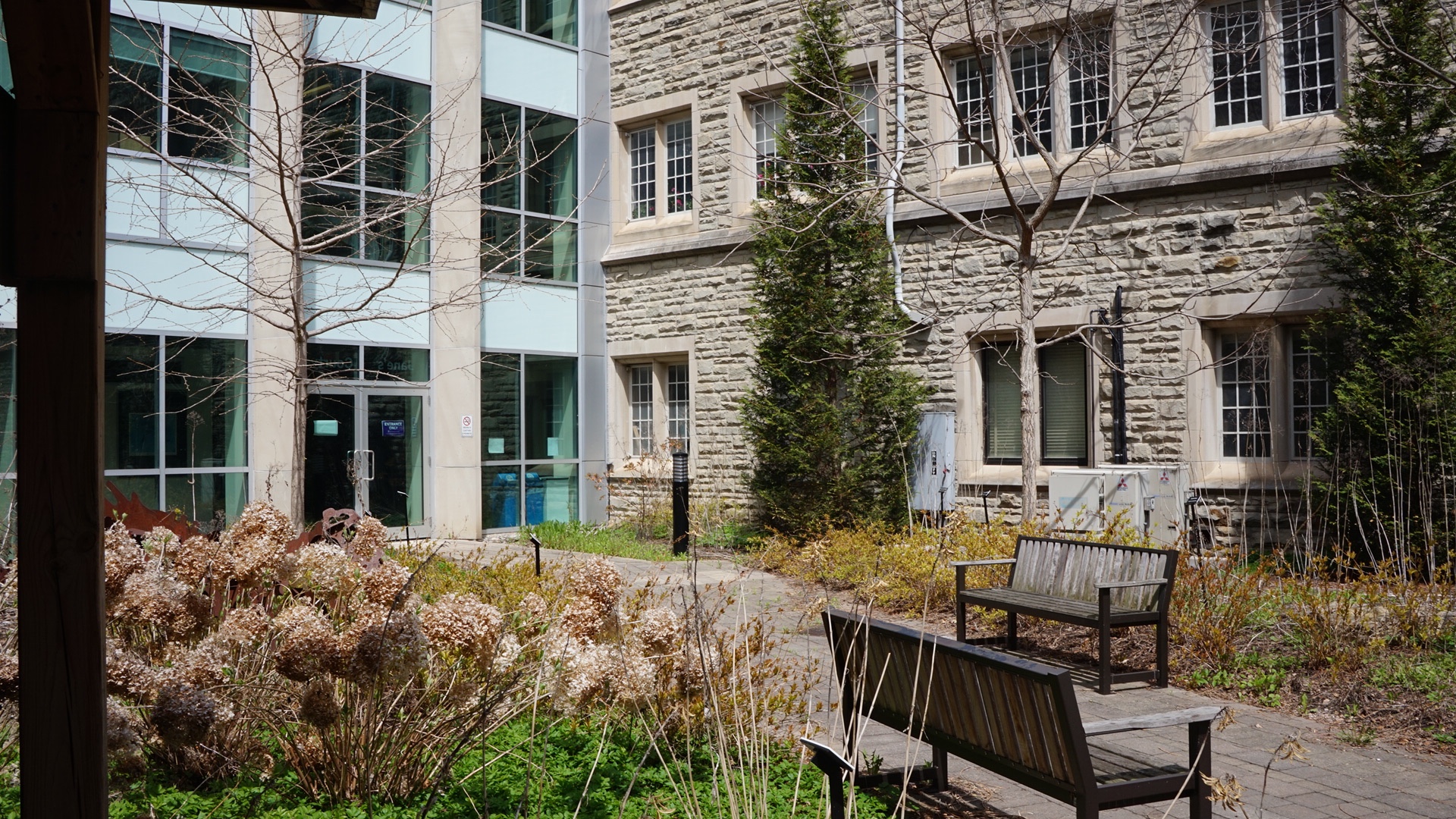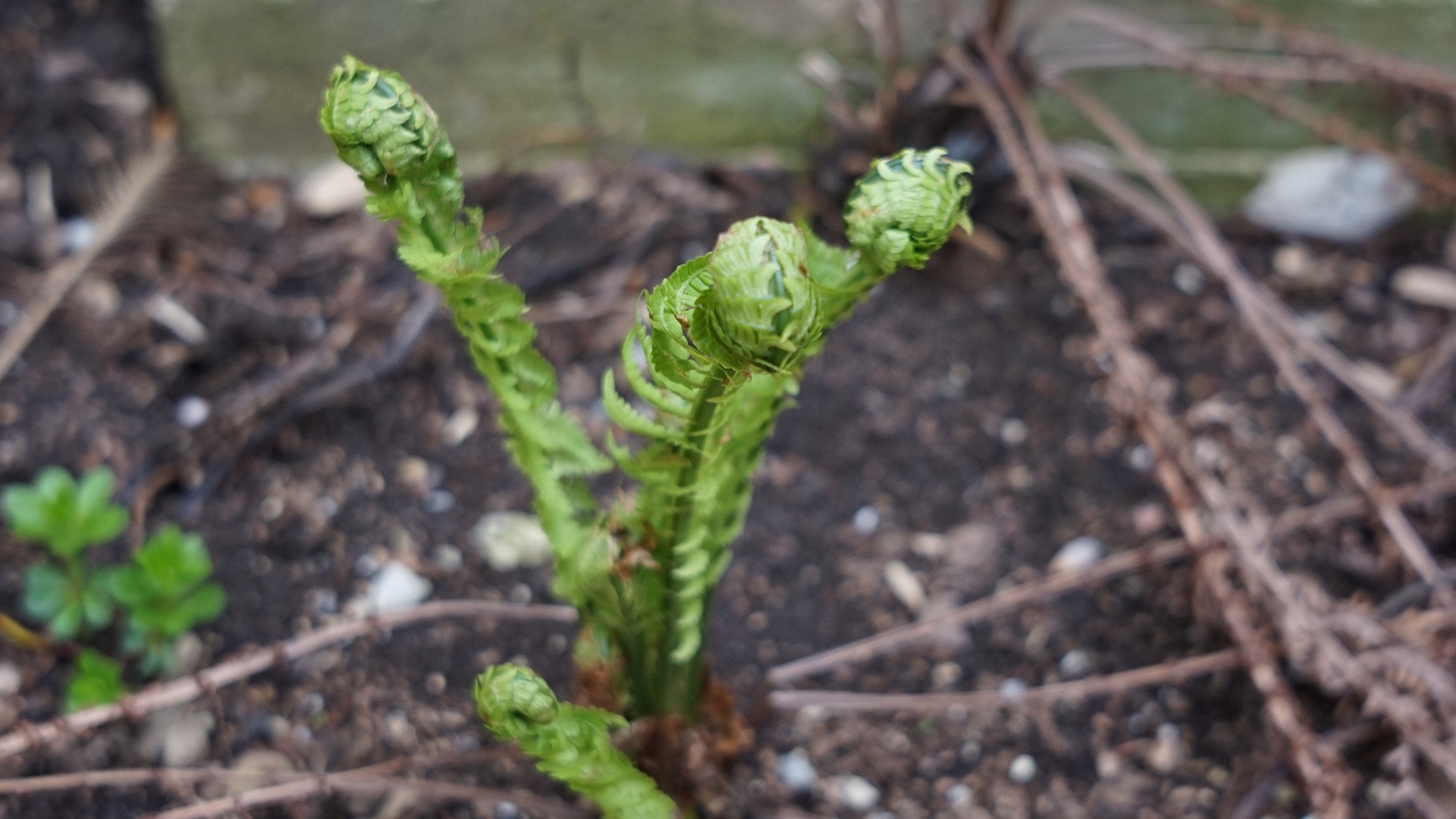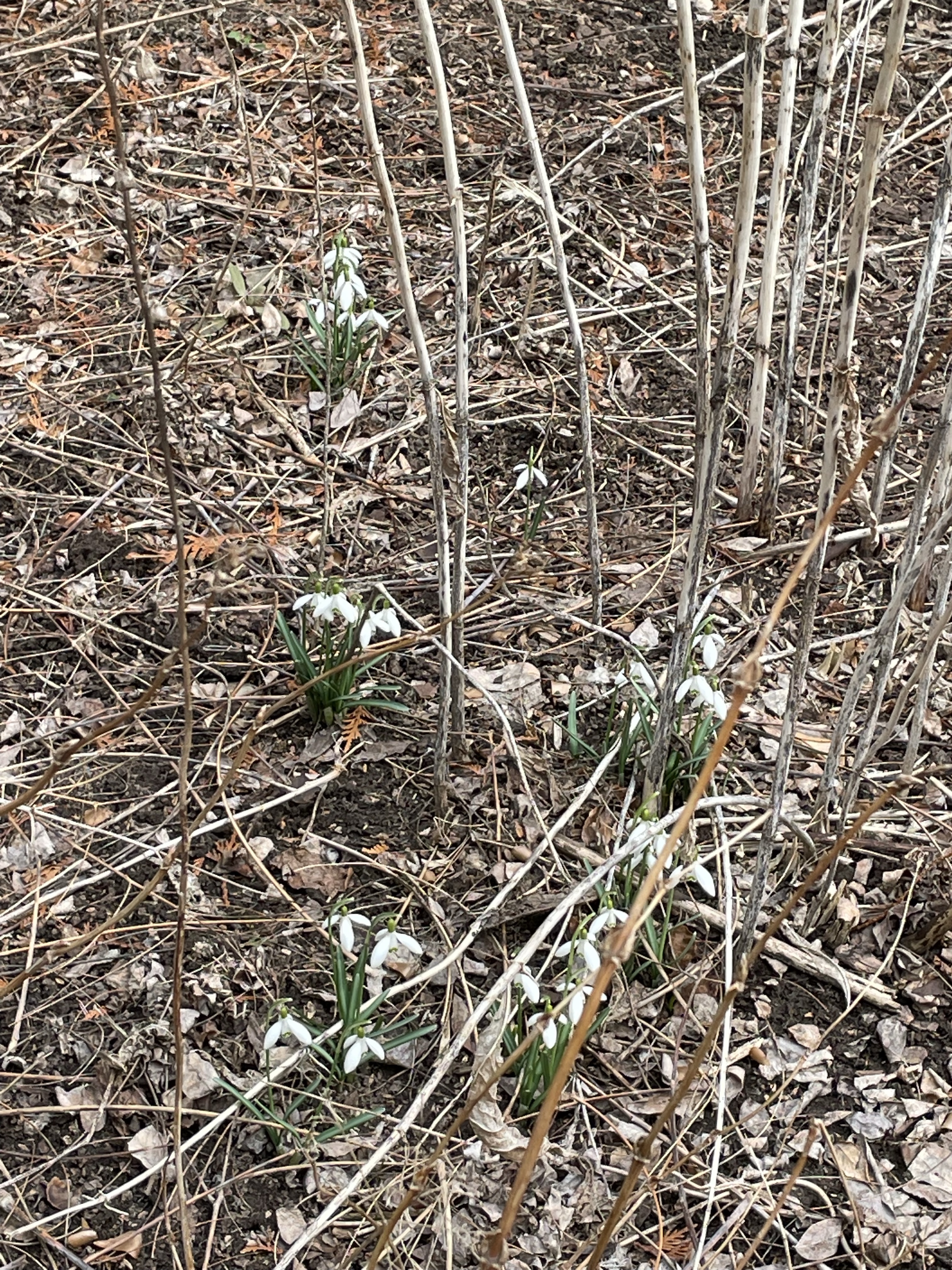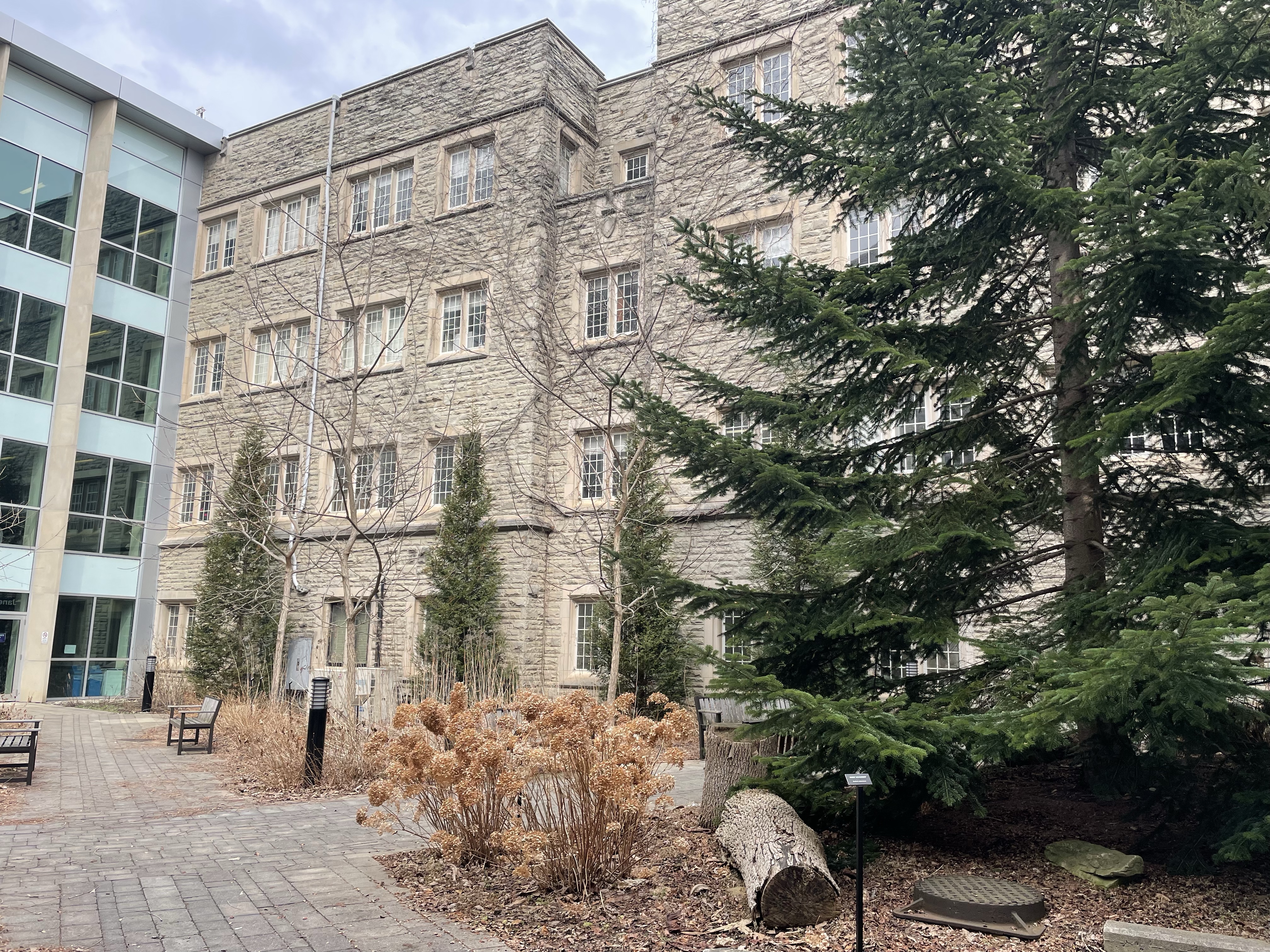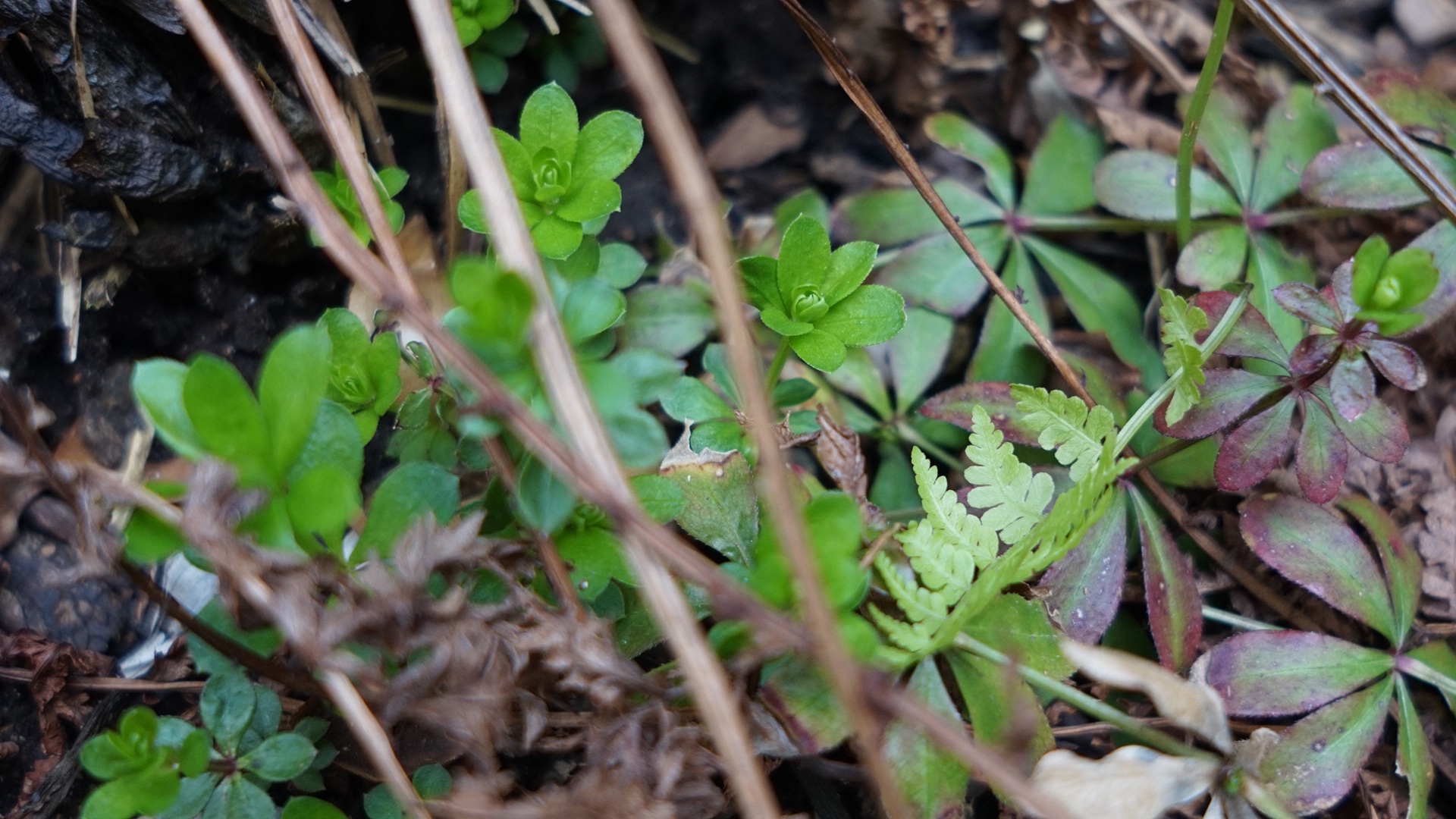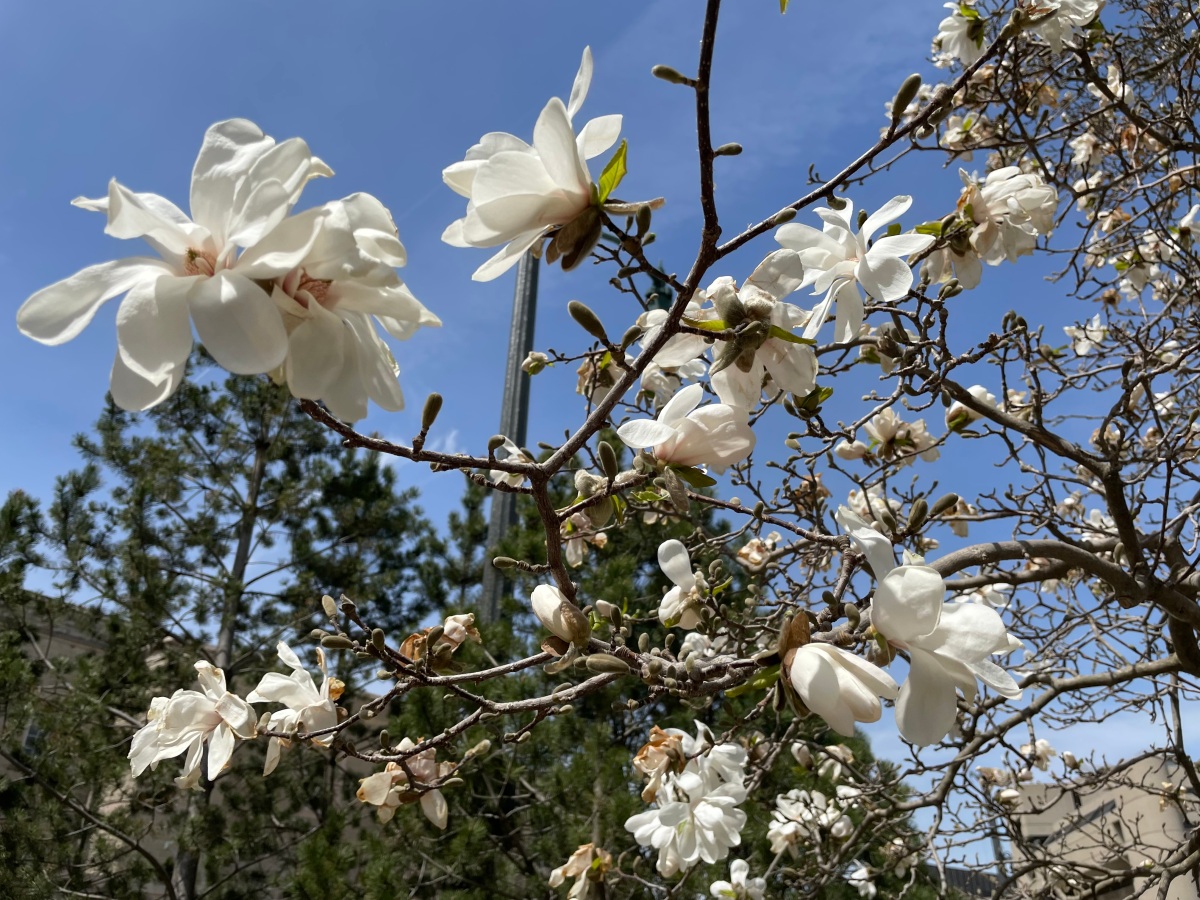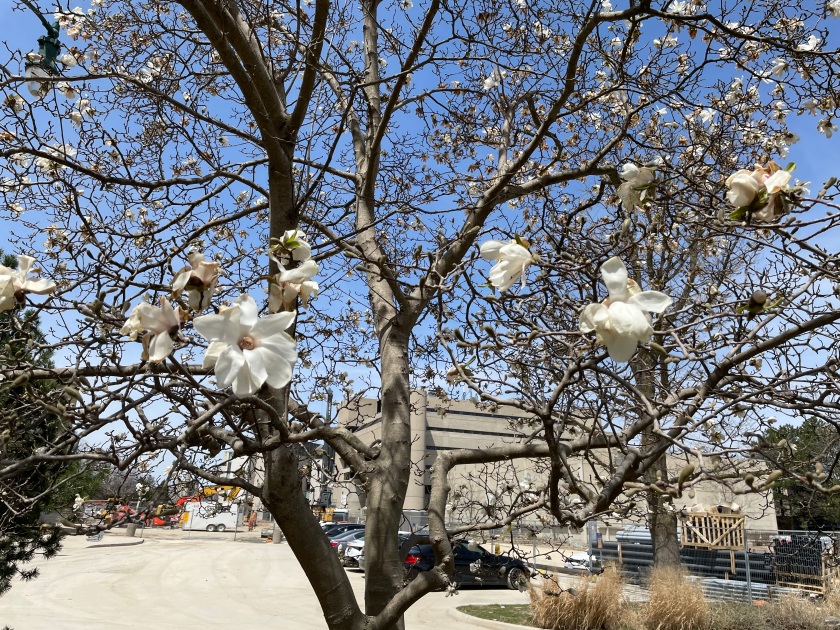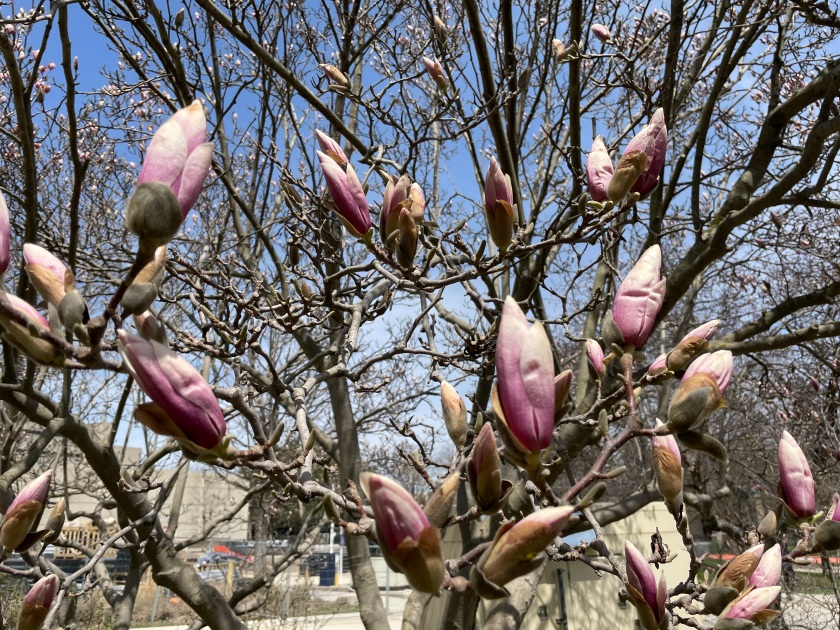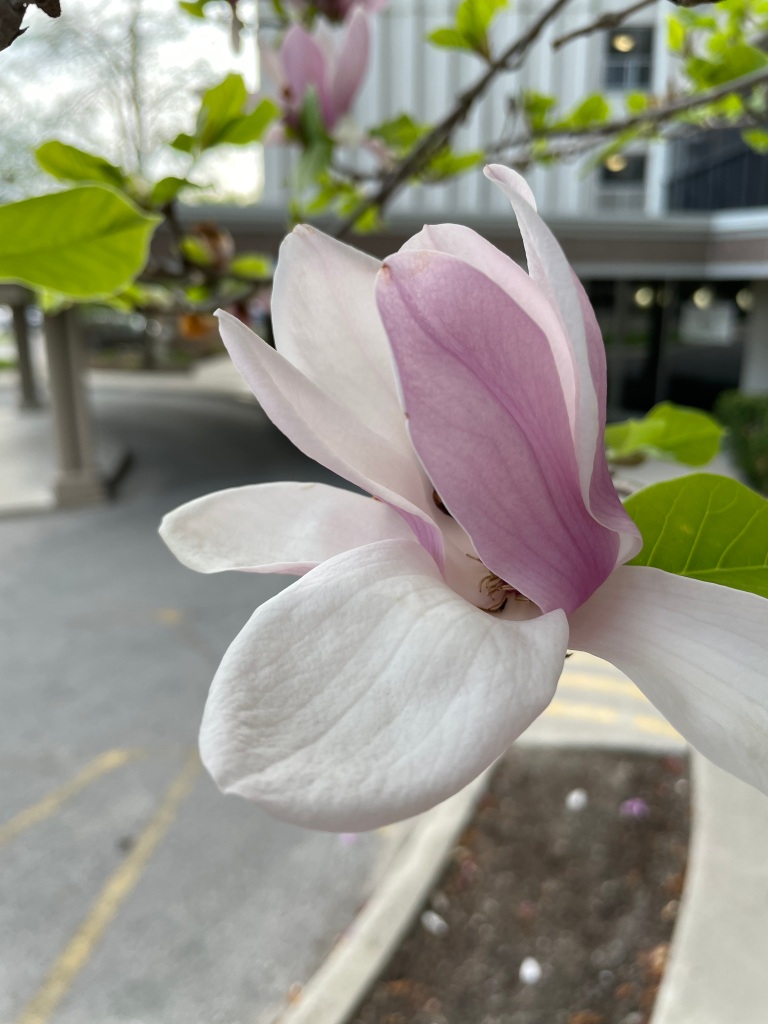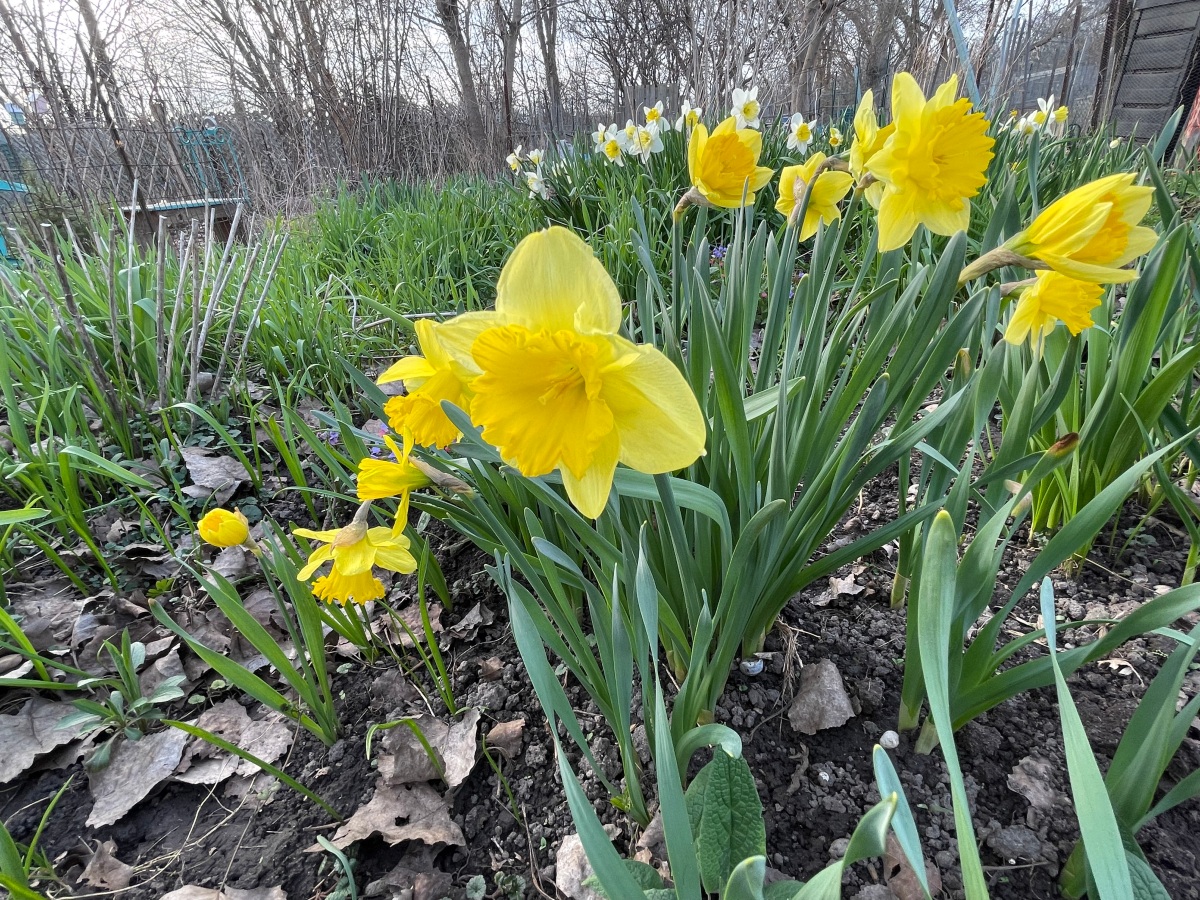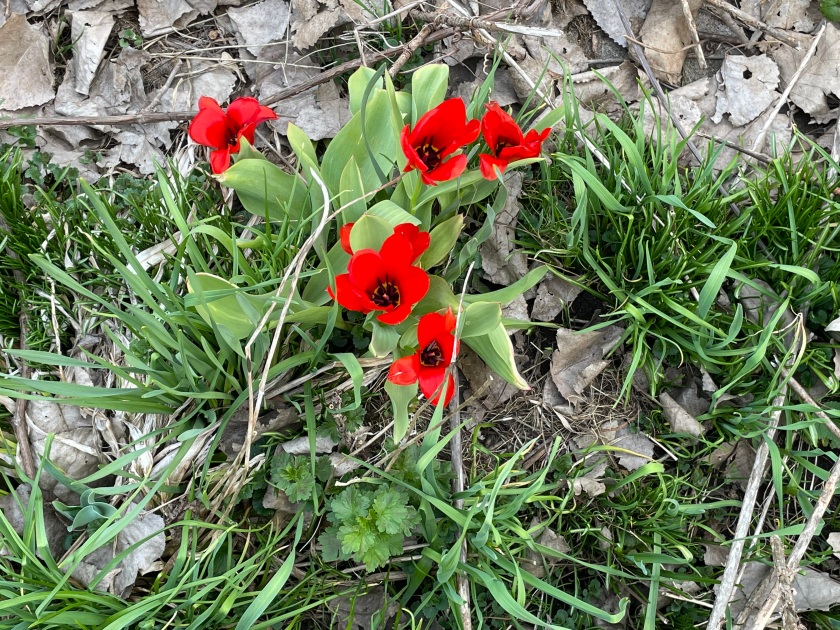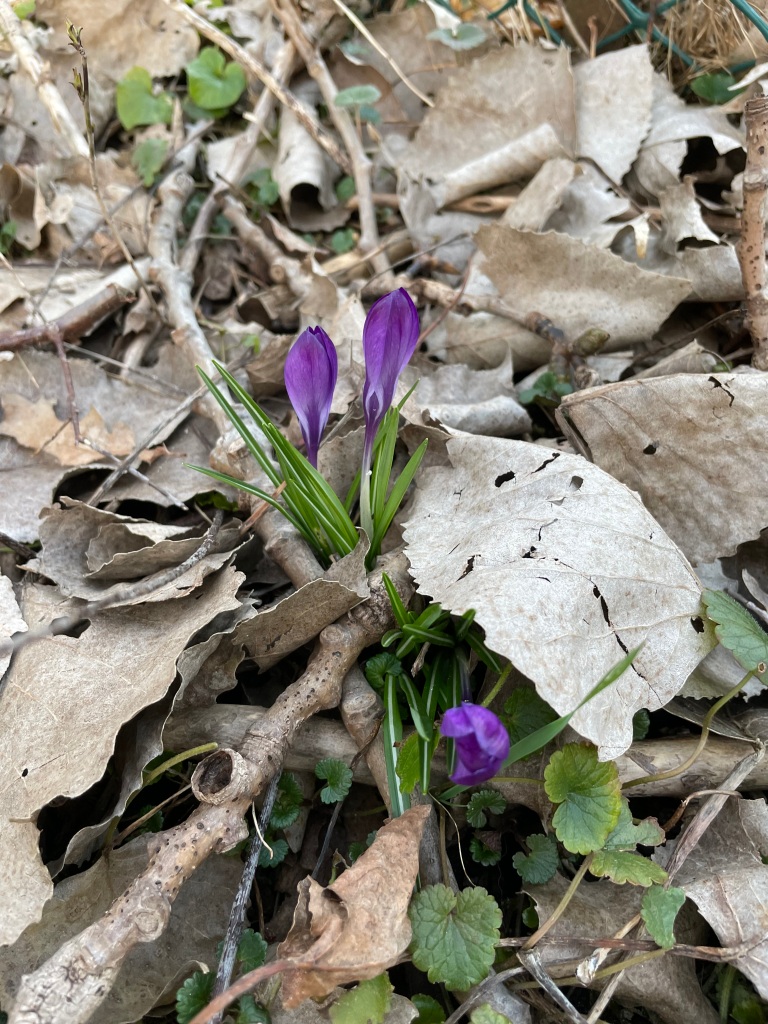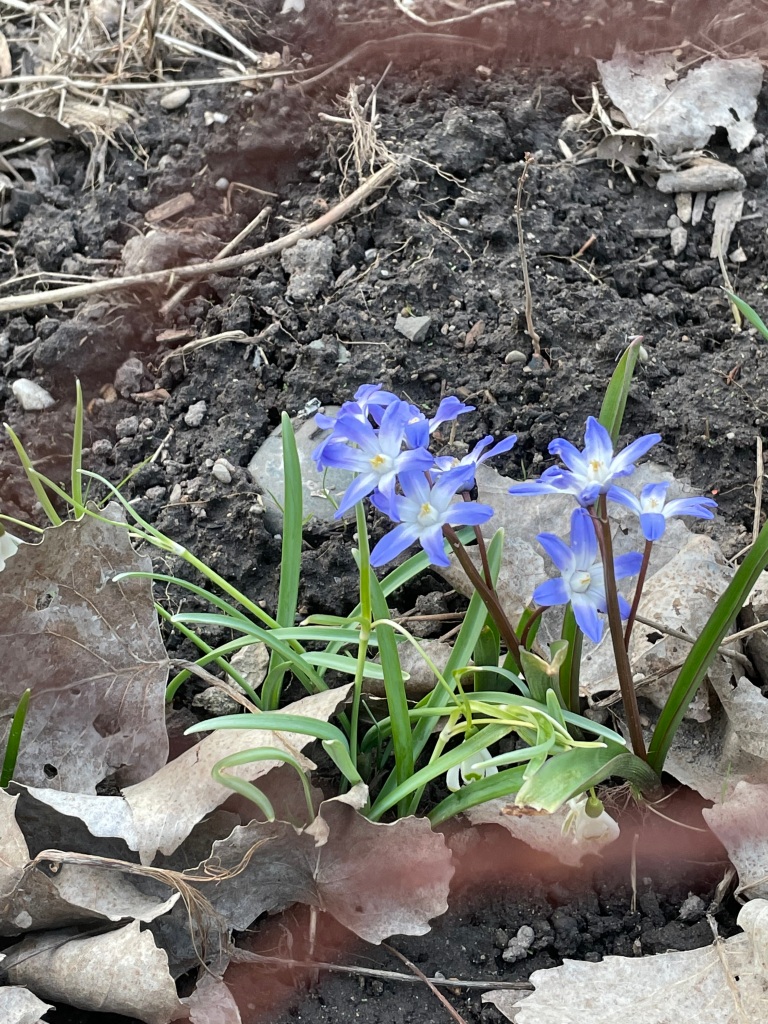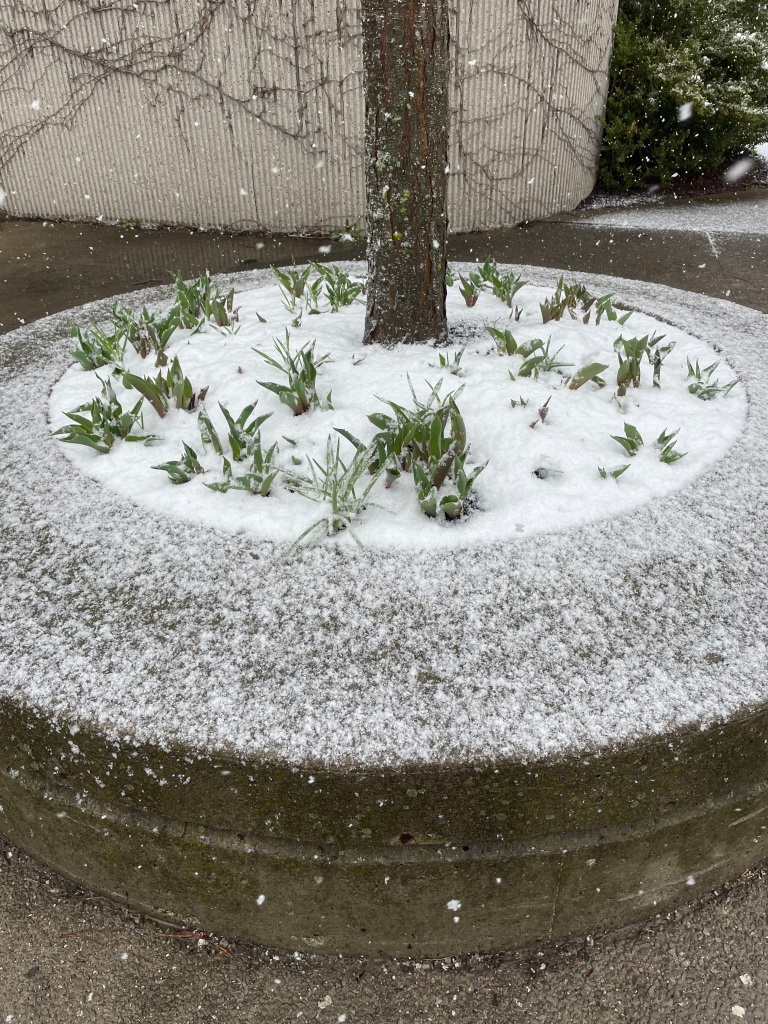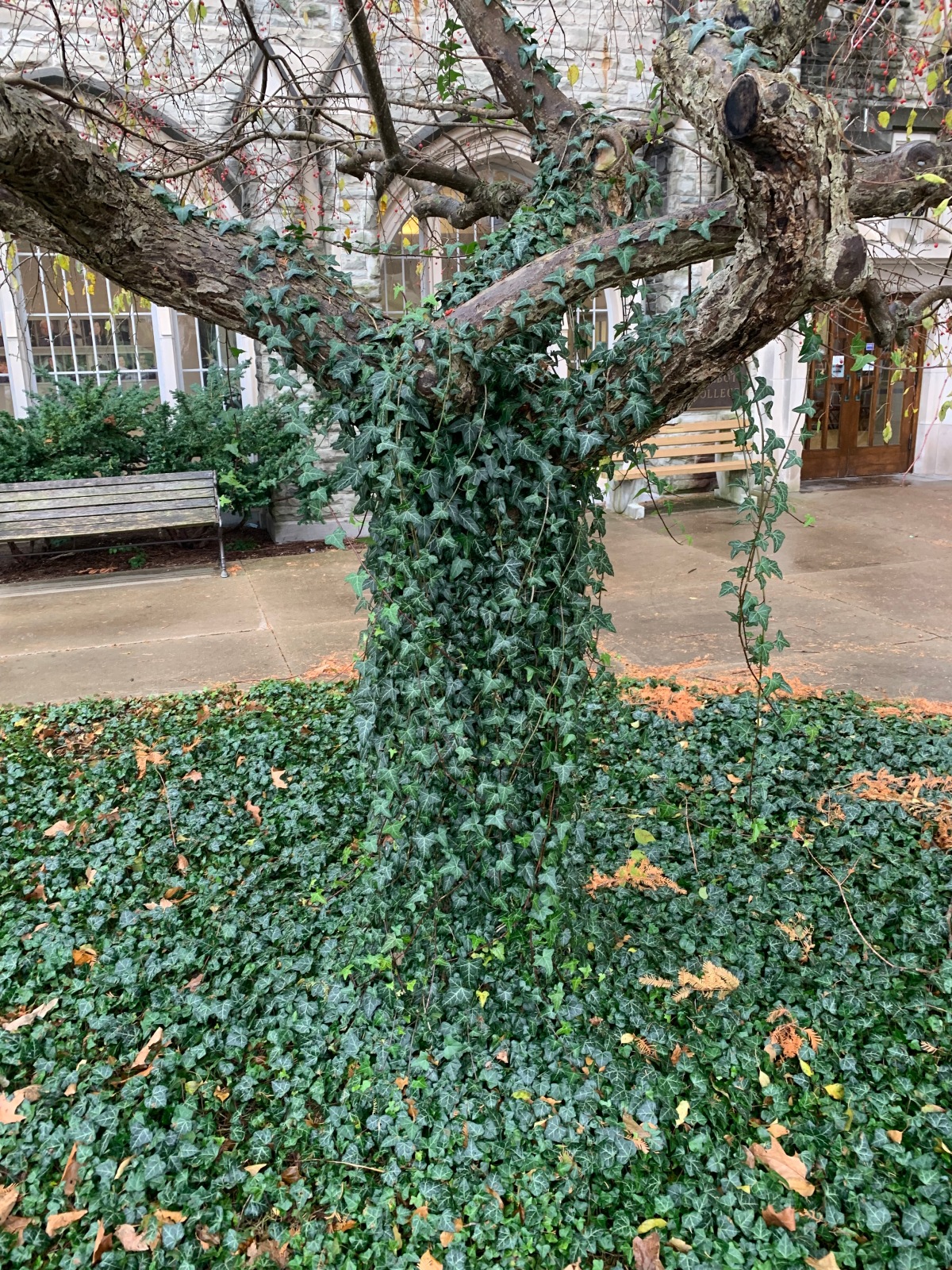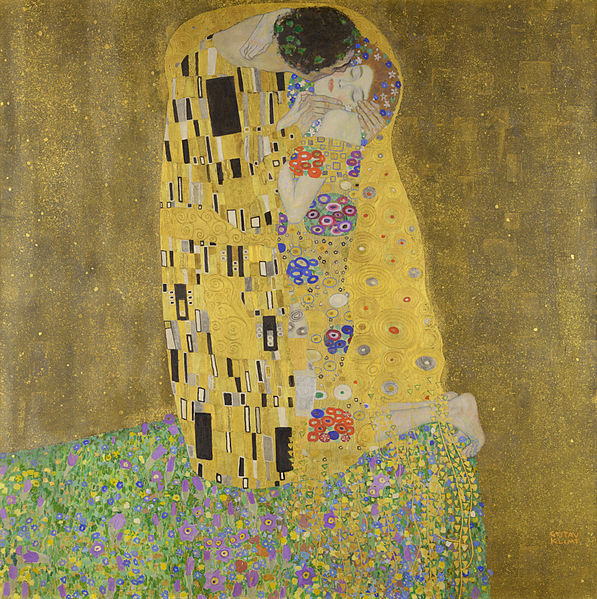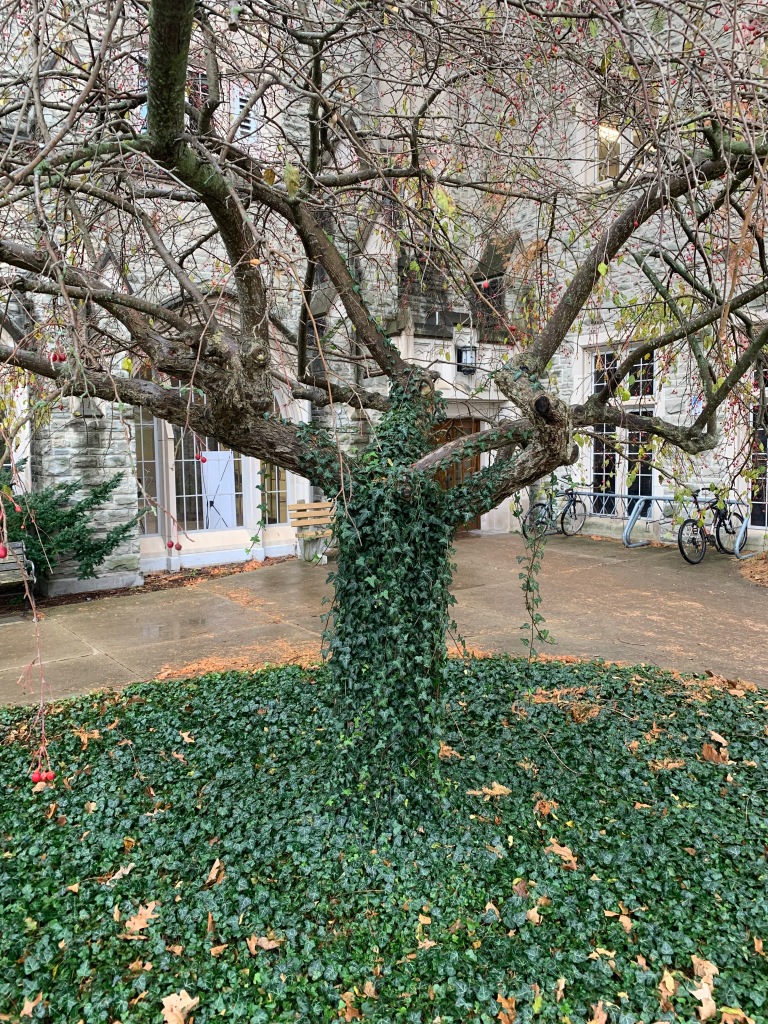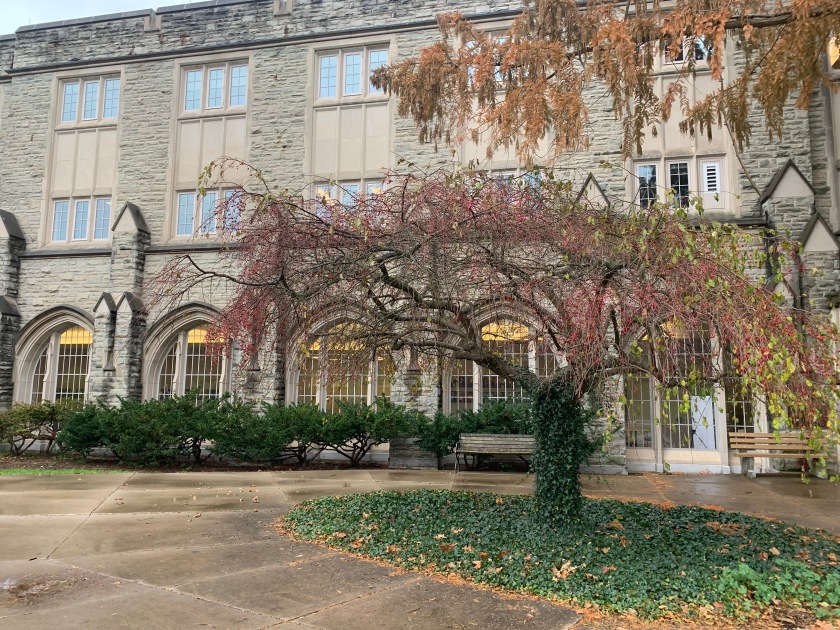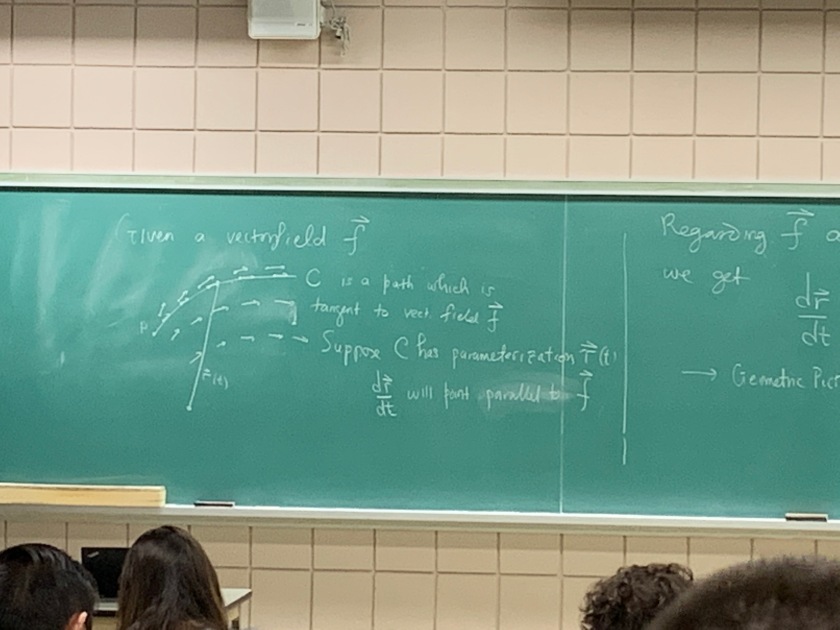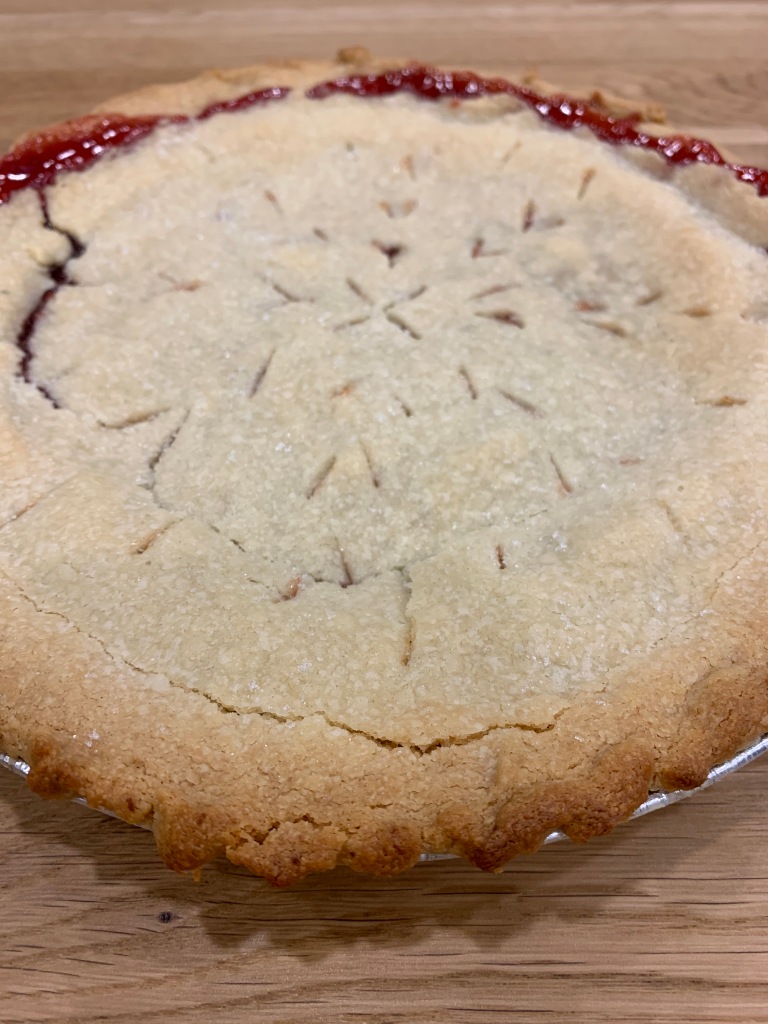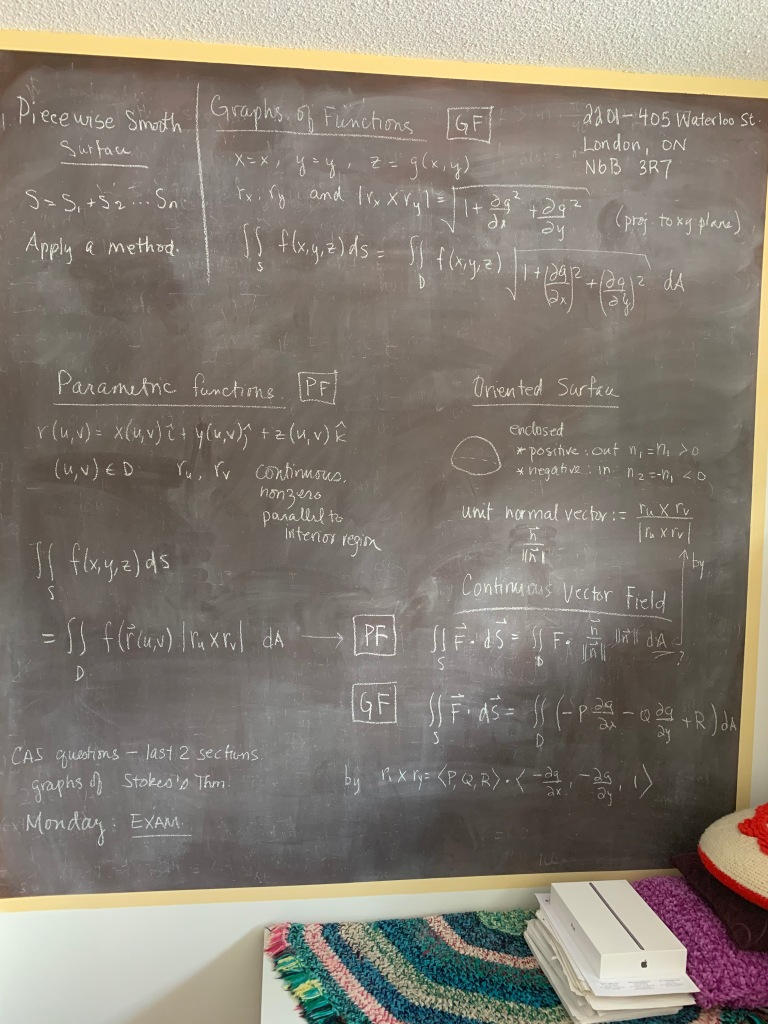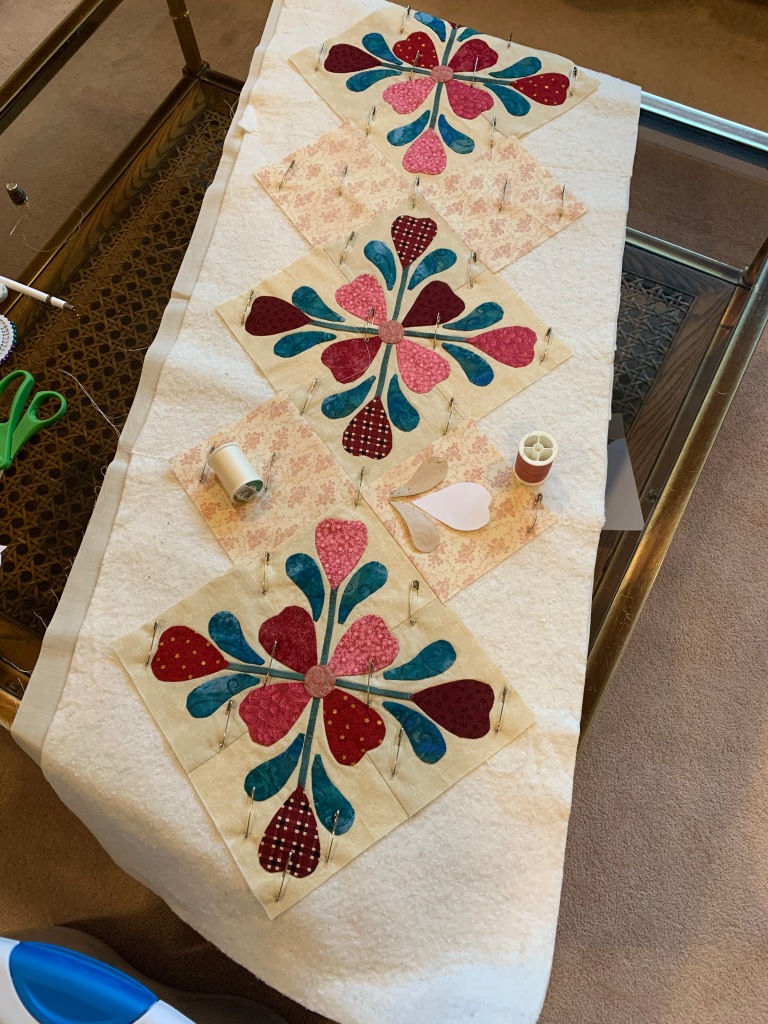After introducing Jane’s Garden in last post, I wanted to share another building on campus that has gained an addition to its old form. It is the Physics and Astronomy Building. Sadly for it, sharing a corner on campus with the impressive University College that looks like a castle and Middlesex College with a gothic-style clock tower, the original Natural Sciences building seems a little plain at a distance. This changes, however, when you get up close. Considered the better-built of the campus’s two 1920’s buildings, the Physics and Astronomy building is filled with quirky details you have to search for to find.
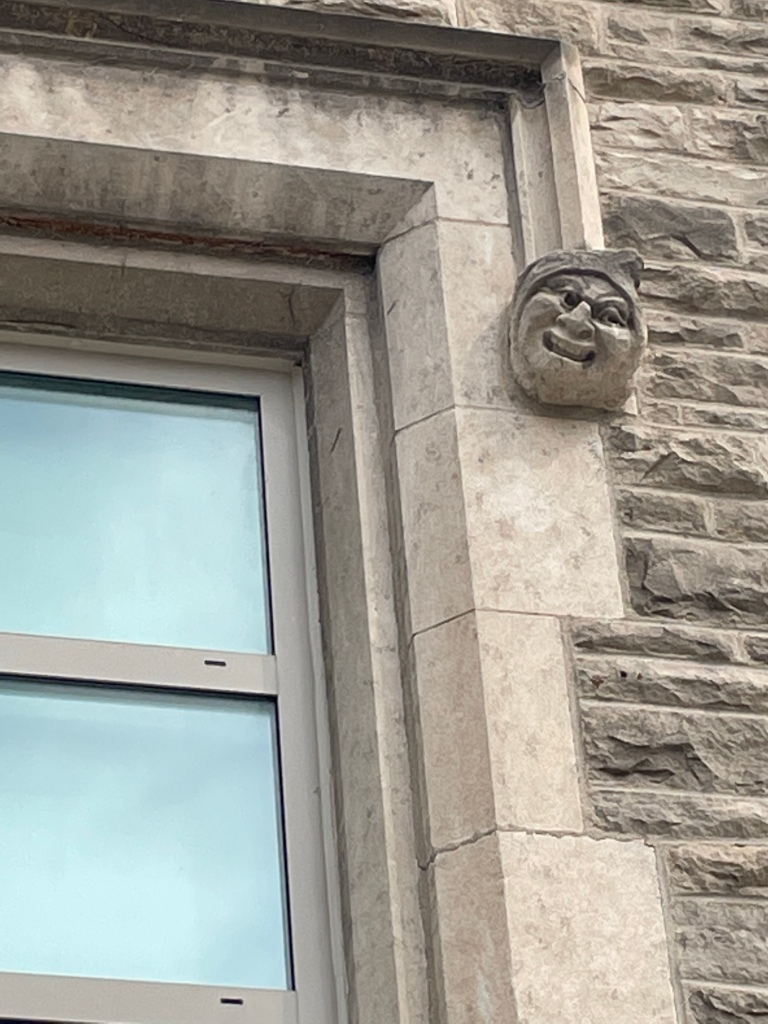
Opened in 1924, the original Natural Sciences and University College buildings are the two oldest academic buildings existing at Western today. When we arrive at Physics and Astronomy 98 years after its opening, we are greeted by a set of original carved faces like the one shown above. On the featured image, the carved heads appear only as dots along the lower banks of windows flanking the front entry. There is a bit of information about the carvings posted inside the building shown below.
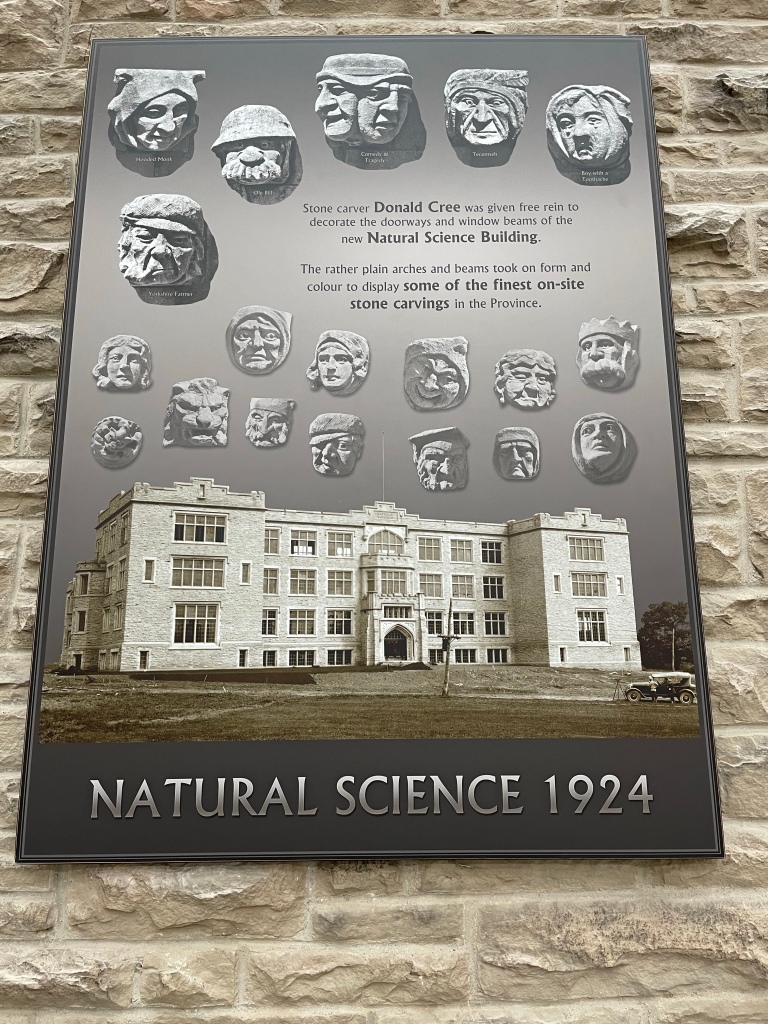
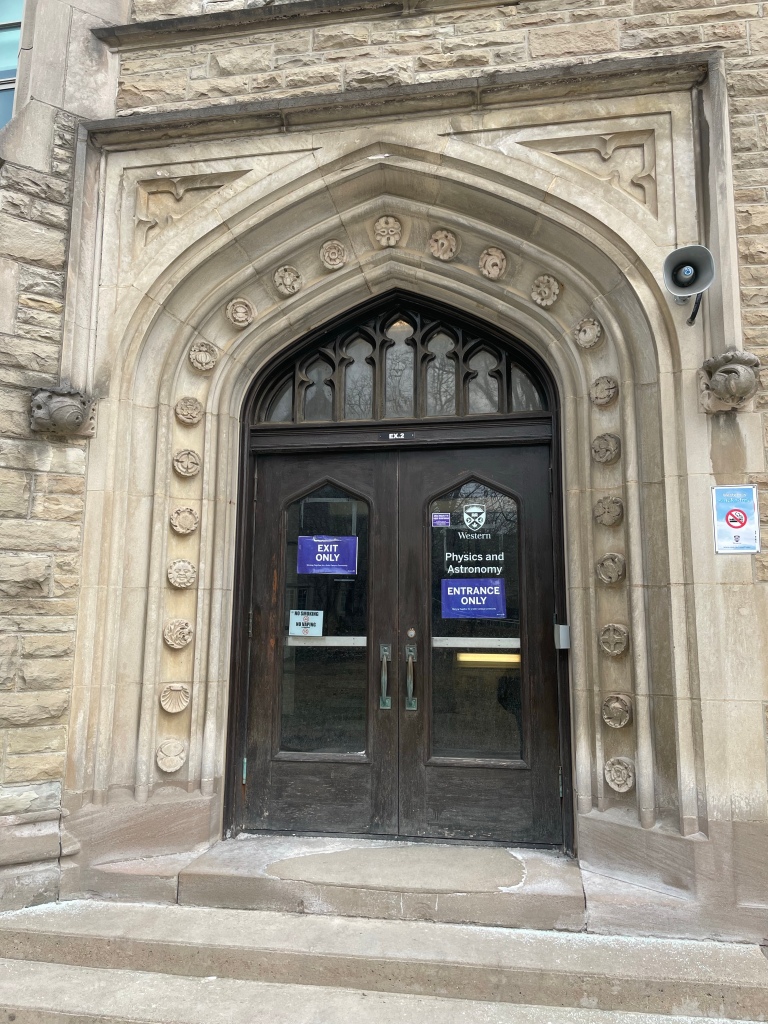

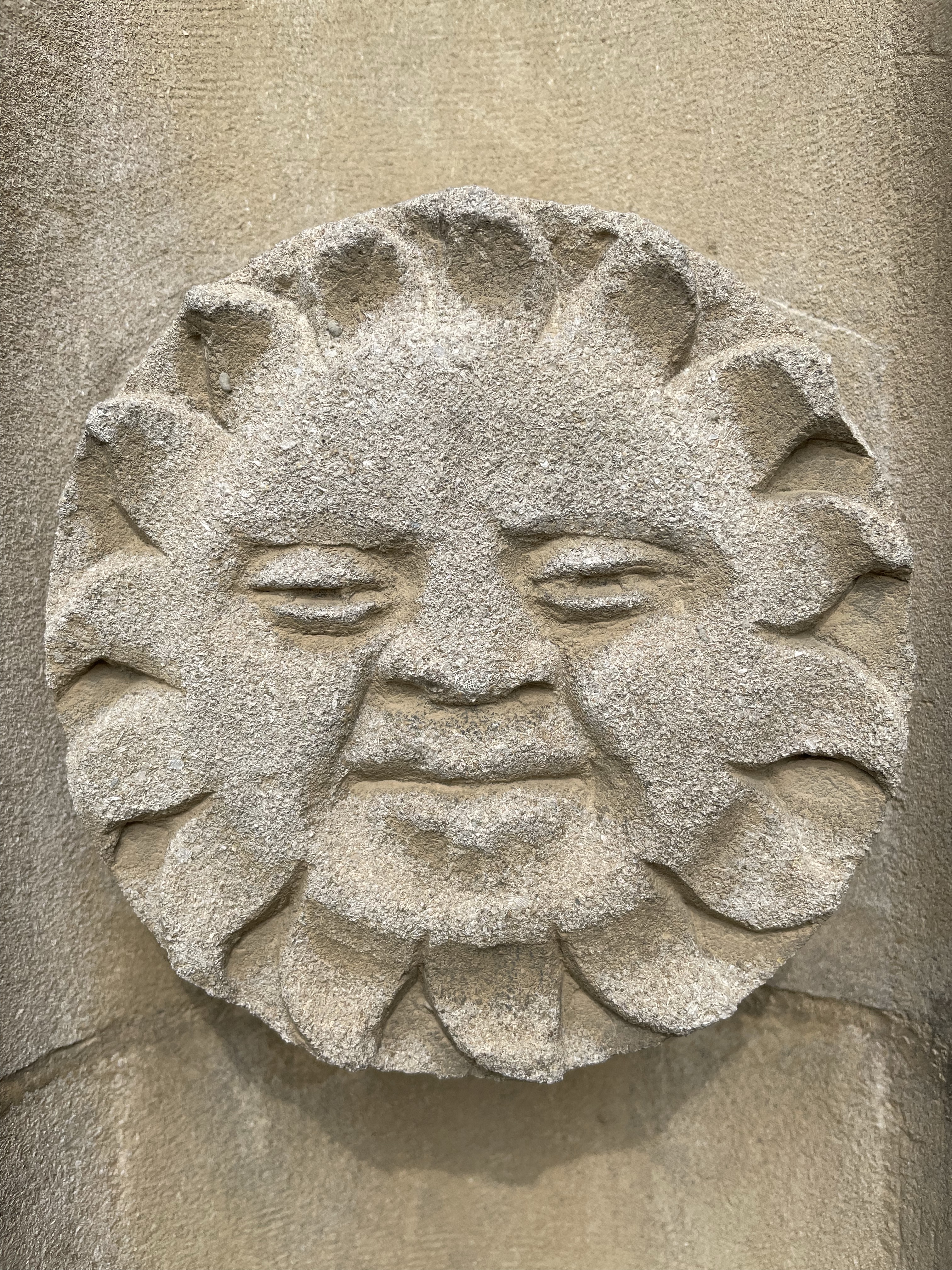
Each of the side doors and the main entrance are also decorated with equally surprising carvings. A closer look at one of the smaller side doors is shown above. We can see leaves, flower buds, a sun with a face, and is the middle one in the bottom photo to the left a pie?
Like the Biological and Geological Sciences building, the Physics and Astronomy building contains an inner courtyard, but here a $25 million renovation in 2012 converted the space to make it interior to the building. Much of the exterior façade was kept. The new space serves for functions and events, and there are a small number of tables for students to use.
In the featured image at the top we see four rows of windows, the lower one appearing to sink into the ground. From where the interior photos were taken (seen below), we are in the middle of the building on the second level. In the next photo we can see down to the lower floor, and the top of the photograph shows a staircase leading to the upper levels. The last photo shows the upper level.
Exterior landscape renovations were completed in 2021, connecting the exterior space of University College and Physics and Astronomy is a large pedestrian avenue with exterior seating.
Sources: Wikipedia.
